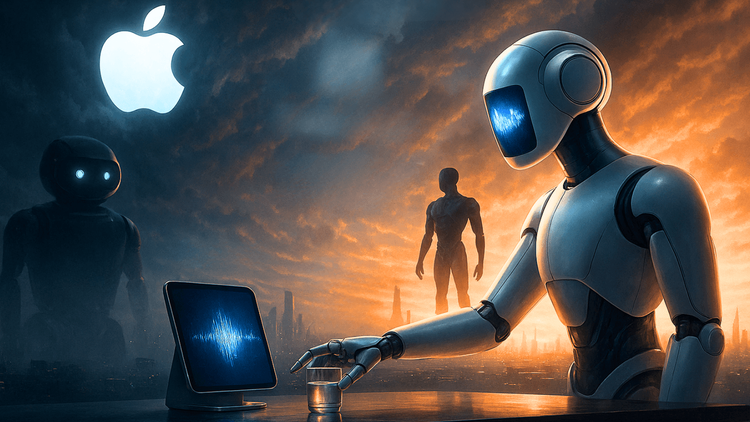Why Apple’s Robot Dreams Depend on Artificial Intelligence
Apple’s robotics ambitions highlight both its design brilliance and its AI shortcomings, as rivals like Amazon, Tesla, and Microsoft push forward.

Apple has never hidden its ambition to dominate the future of consumer technology. From the iPhone to the Apple Watch, the company has turned niche gadgets into cultural staples. Now, Apple is reportedly exploring robotics as its next big bet. According to reports, the company is working on a robotic arm with an iPad-like display, while also considering wheeled and humanoid robots in the years ahead.
The shift signals a recognition that hardware alone no longer guarantees market supremacy. Instead, Apple’s future may hinge on the marriage of physical robotics and artificial intelligence. And that’s where the challenge begins.
The AI Problem
For Apple, AI is no longer just another feature. It’s the foundation of any realistic robotics push. A home robot must not only move gracefully but also interpret voice commands, recognize gestures, and respond naturally to human emotions. That requires advanced generative AI—an area where Apple has lagged behind rivals like Microsoft, Google, and OpenAI.
Siri is the perfect example of Apple’s shortcomings. Once marketed as a revolutionary digital assistant, Siri now feels dated compared with ChatGPT or Amazon’s Alexa. Apple even delayed the launch of its AI-powered upgrade to Siri until 2026, raising doubts about its readiness. Analysts warn that without a breakthrough in AI, Apple’s robots could be little more than expensive toys.







